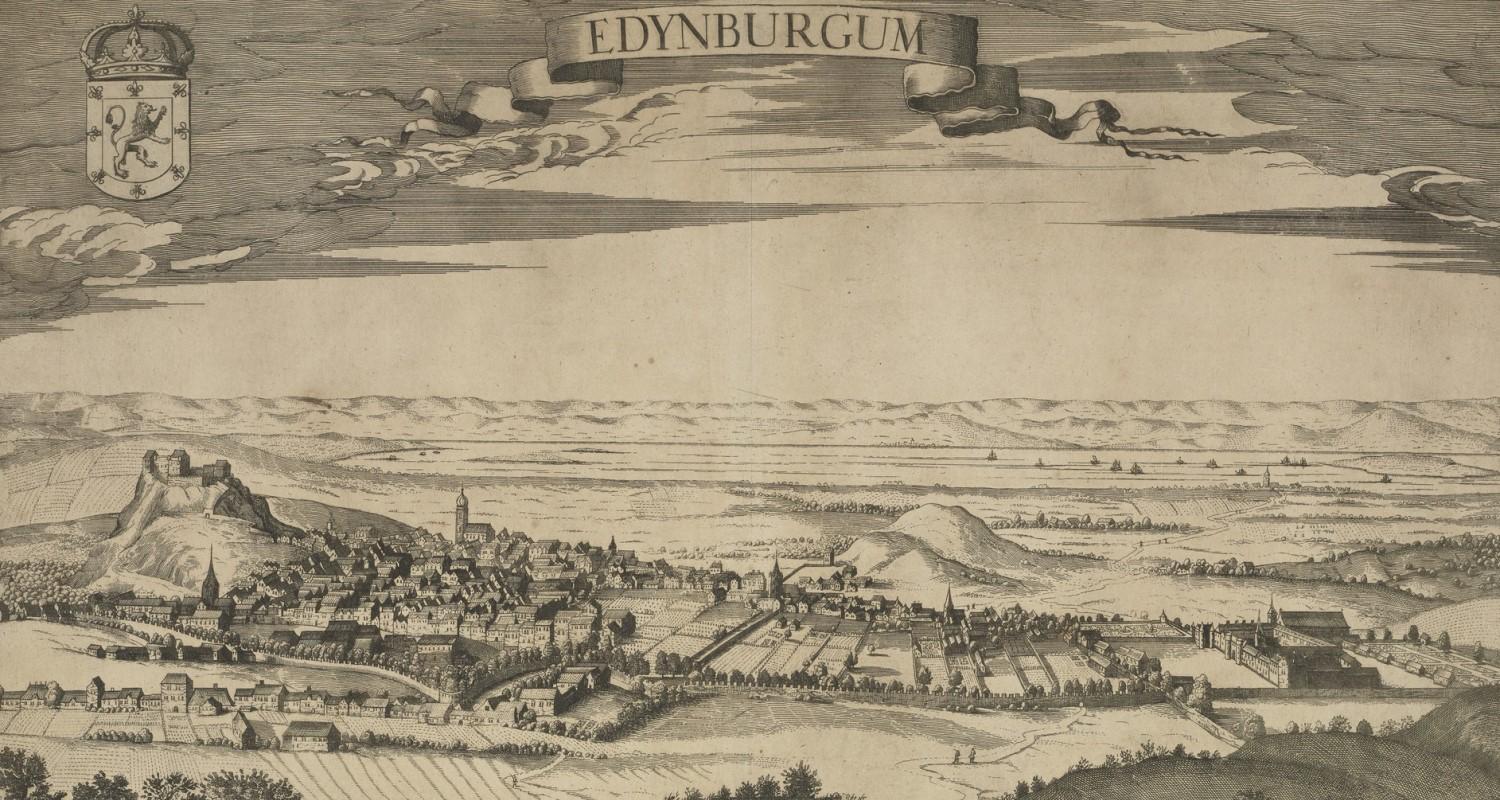Edinburgh had been a fortification and royal residence long before the twelfth century, but the reign of David I, king of Scots, marked a crucial turning point in the settlement’s urban development. David granted Edinburgh the legal privilege of ‘burgh’ status shortly after coming to the throne in 1124. A few years later, he began referring to the town as “my burgh”. This talk traces Edinburgh’s early history from David’s reign until the late thirteenth century. Over these years, Edinburgh hosted large assemblies of Scotland’s political elite, attracted people from the surrounding areas to use its market, and became a financial centre for the minting of royal coinage. But it also witnessed property disputes, sieges, military occupation, and even the kidnap of a young king and queen! As the medieval town flourished as a centre for royal authority, trade and administration, it left a legacy that is still visible in the city today.
Dr Emily Joan Ward is a Lecturer in Medieval Scottish History at the University of Edinburgh. Her research explores the roles children and young people played in medieval society between the eleventh and thirteenth centuries, both in Scotland and elsewhere in north-western Europe. She has published a book on Royal Childhood and Child Kingship (CUP, 2022) as well as various academic articles about boy kings and royal women. You can hear her talk more on podcasts for Gone Medieval, BBC History Extra and History Hit, or read pieces she has written in History Today and TLS.
Edinburgh is 900 Years Old!
In 1124 King David I introduced a new system of local government into Scotland by creating royal burghs as part of his efforts to reform the nation’s economic and political structures.
Edinburgh was one of his first royal burghs, along with Berwick, Dunfermline, Roxburgh and Stirling.
While there is no surviving founding Edinburgh charter, an 1127 Dunfermline Abbey royal charter refers to ‘my burgh of Edinburgh’. In 1128, Canongate Burgh was created for Holyrood Abbey.
After the Reformation, Edinburgh spent considerable effort acquiring the former abbey’s lands over the following 200 years. It acquired Canongate then created a new burgh for South Leith in 1636. The burghs of Broughton, Calton and Portsburgh were also acquired and run by Edinburgh. This complex system of governance was abolished in 1856 when all burghs under the management of Edinburgh were merged into a single burgh.
In 1833, Portobello and Leith were made independent parliamentary burghs under the Burgh Reform Act. They ran their own affairs until amalgamated into an expanded Edinburgh in 1896 and 1920, respectively. 1975 saw the last expansion of the city’s boundaries, including Queensferry, which had been made a royal burgh in 1636.
Edinburgh has selected 2024 to mark the start of the 900th anniversary of our city, and to tell the story of Edinburgh’s journey through the centuries from the 12th century City of David right up to the 21st century, the City of Diversity. Our talks at the City Art Centre will celebrate the 10 themes and will span a period of summer 2024 until August 2025.
Early Edinburgh: City of David?
